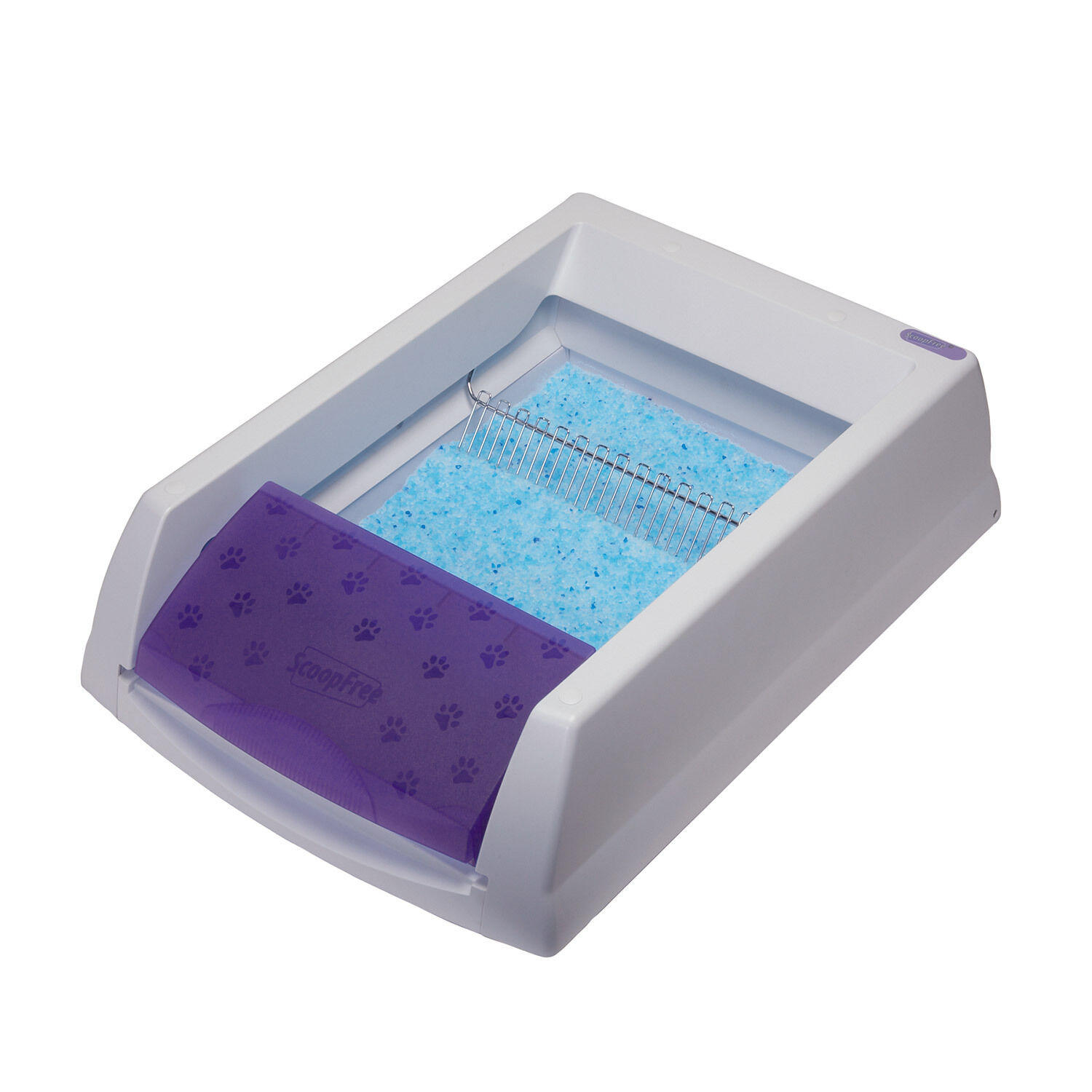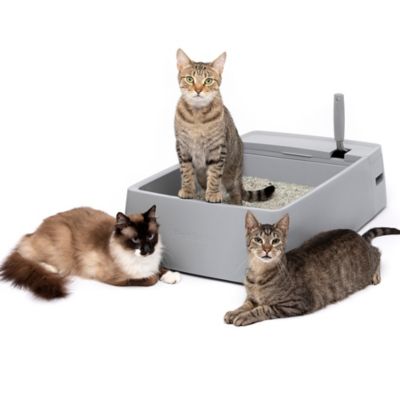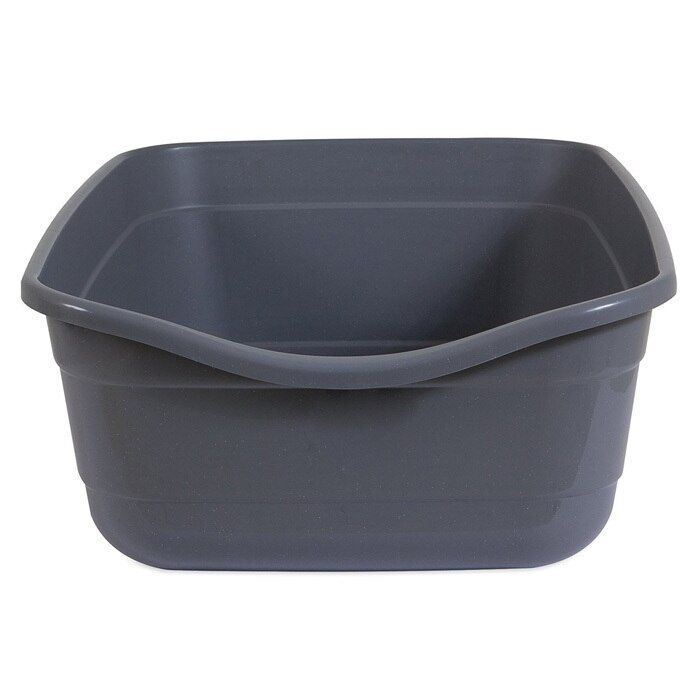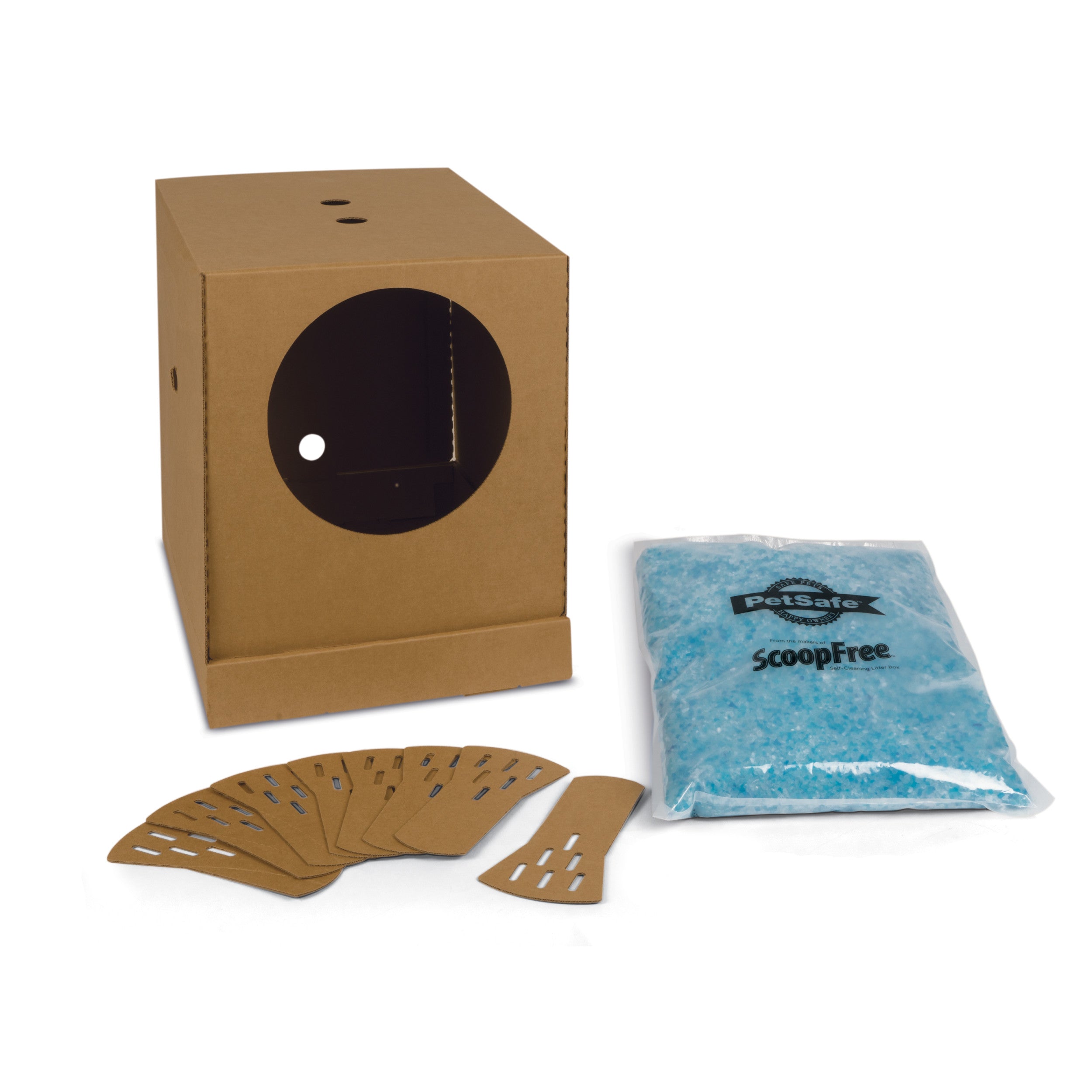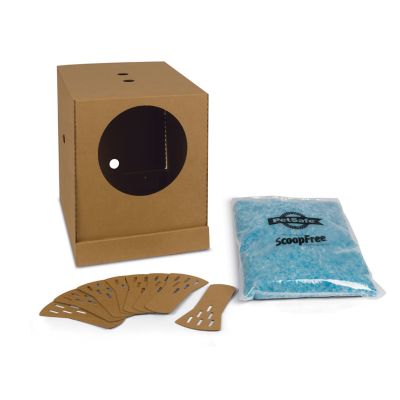So you’ve decided it’s finally time to upgrade your furry friend’s litter box to a self-cleaning one, but now you’re wondering how exactly to make the transition smooth for your cat. Well, fear not! In this article, we will guide you through the process of introducing your cat to their new clever contraption, ensuring they feel comfortable and continue to do their business with ease. With a little patience and the right approach, your cat will be happily adjusting to their self-cleaning litter box in no time.
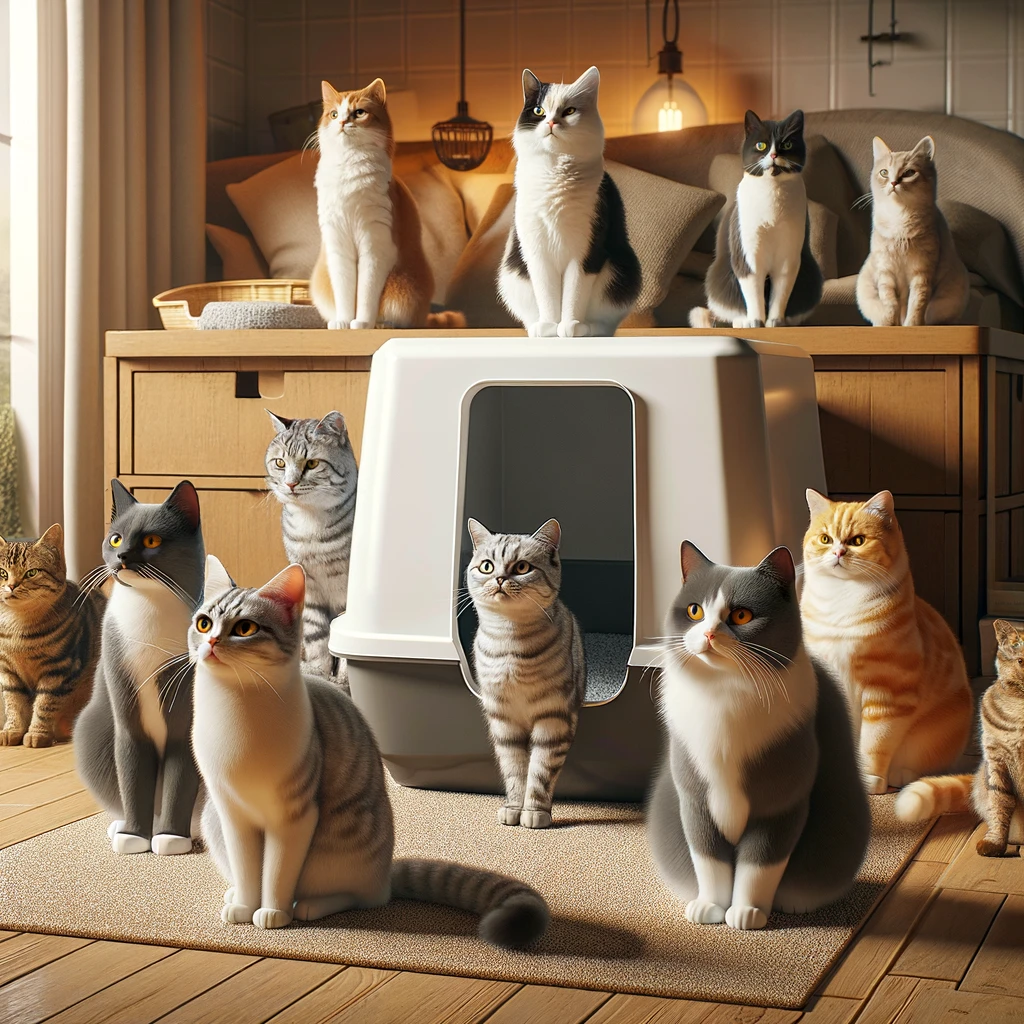
Table of Contents
Choosing the Right Self-Cleaning Litter Box
Choosing the right self-cleaning litter box for your cat is essential to ensure a smooth transition. The first factor to consider is your cat’s size and needs. Larger cats may need a larger litter box to feel comfortable and have enough space to move around. Additionally, if your cat has any specific needs, such as a covered litter box or a box with low sides for easy access, make sure to take those into account.
Researching different brands and models is also crucial in finding the best self-cleaning litter box for your furry friend. Look for reputable brands that have positive reviews and a good track record. Consider the features and functions of each litter box and choose one that aligns with your cat’s preferences. For example, some litter boxes have multiple cleaning cycles throughout the day, while others clean after each use.
Reading customer reviews and ratings can give you valuable insights into the performance and reliability of a self-cleaning litter box. Hearing from other cat owners who have already tried the product can help you make an informed decision. Pay attention to both positive and negative reviews to get a balanced understanding of the product’s pros and cons.
Preparing Your Cat for the Transition
Now that you’ve chosen the perfect self-cleaning litter box, it’s time to prepare your cat for the transition. Cats are creatures of habit, so introducing a new litter box requires some gentle adjustments.
Gradually introducing the new litter box is key to helping your cat feel comfortable with the change. Start by placing the self-cleaning litter box next to the current litter box. Allow your cat to explore and get used to its presence. After a few days, begin to transfer some of the litter from the old box to the new one.
Placing the self-cleaning litter box in a familiar location can also ease the transition for your cat. Choose a spot that your cat is already accustomed to using as their bathroom area. This familiarity will help them feel more at ease with the new litter box and reduce any anxiety they may have.
Before your cat starts using the new self-cleaning litter box, it’s crucial to ensure that it is clean and fresh. Nobody wants to step into a dirty bathroom, and the same goes for your feline friend. Thoroughly clean the litter box according to the manufacturer’s guidelines and make sure to use a cat-friendly cleaning solution. A clean and fresh litter box will be more inviting for your cat to use.
Making the Transition Process Easy
To make the transition process as smooth as possible, it’s important to keep the old litter box available for your cat. Some cats may be hesitant to switch immediately, and having the option to use the old box can ease their anxiety. Gradually decrease the amount of litter in the old box over time, eventually encouraging your cat to use the new self-cleaning litter box.
Mixing the old and new litter can also help your cat adjust to the new box. Begin by adding a small amount of the new litter to the old one and gradually increase the ratio of new to old litter. This will allow your cat to become familiar with the scent and texture of the new litter, making the transition less overwhelming.
Encouraging your cat to explore the new litter box is essential in helping them accept it as their new bathroom spot. You can do this by placing some of their favorite toys or treats near the litter box. Positive reinforcement in the form of praise and gentle encouragement will also go a long way in making your cat feel more comfortable with the new setup.
Cleaning and Maintaining the Self-Cleaning Litter Box
Proper cleaning and maintenance of your self-cleaning litter box are essential for your cat’s health and hygiene. To ensure you’re taking the right steps, refer to the manufacturer’s instructions. Each litter box may have specific cleaning guidelines that you should follow to maintain its optimal performance.
Regularly emptying the waste receptacle is a crucial part of the cleaning process. Most self-cleaning litter boxes have a waste compartment where clumps and waste are stored. These compartments should be emptied frequently to prevent any unpleasant odors and to ensure that the litter box continues to function properly.
Cleaning the litter box according to the guidelines is important for maintaining a clean and hygienic environment for your cat. Follow the recommended frequency of cleaning and use cat-friendly cleaning products that won’t harm your cat’s health. Some litter boxes may require disassembly for thorough cleaning, so be sure to check the instructions for any specific steps or requirements.
Addressing Cat’s Concerns and Anxieties
During the transition to a self-cleaning litter box, it’s important to address any stress or anxiety issues that your cat may experience. Cats are sensitive creatures, and any changes to their environment can cause them to feel uneasy. Here are a few steps you can take to help alleviate their concerns:
Addressing stress or anxiety issues can be achieved through various methods. If your cat is feeling stressed, consider providing them with a calm and relaxing environment. Use pheromone diffusers or sprays in the area where the litter box is located to create a soothing atmosphere. These products mimic the natural pheromones that cats release when they are feeling safe and secure.
Introducing familiar scents in the area can also help your cat feel more at ease with the new litter box. Rubbing a cloth or towel on your cat’s cheeks and then placing it near the litter box can provide a reassuring scent. Cats have scent glands on their cheeks, and familiar scents can help them feel more comfortable in their surroundings.
Positive reinforcement is a powerful tool in addressing your cat’s concerns and anxieties. Whenever your cat uses the new self-cleaning litter box, praise and reward them with treats or affection. This positive association will help them feel more confident and comfortable with the new setup.
Troubleshooting Common Problems
Sometimes, despite your best efforts, you may encounter some common problems during the transition to a self-cleaning litter box. Here are a few solutions to help you address these issues:
If your cat refuses to use the new box, try placing the old one next to it and gradually moving it away over time. This gradual transition can help your cat feel more at ease with the change. Additionally, make sure the new litter box is clean and inviting, using your cat’s preferred type of litter.
If your cat is confused about the self-cleaning mechanism, try manually activating it a few times while your cat is present. This will allow them to observe the process and understand that it is safe. Rewarding them with praise and treats when they approach the litter box can also help alleviate their confusion.
If the self-cleaning litter box does not clean thoroughly, check for any clogs or blockages in the mechanism. Follow the manufacturer’s instructions for troubleshooting and addressing any technical issues. If the problem persists, consider contacting the manufacturer for further assistance or possibly exploring other litter box options.
Safety Considerations for Self-Cleaning Litter Boxes
Ensuring the safety of your cat is paramount when using a self-cleaning litter box. Here are a few important safety considerations to keep in mind:
Make sure the self-cleaning litter box has proper safety features, such as sensors that prevent the mechanism from activating while your cat is inside. This will prevent any accidents or injuries.
Regularly check for any malfunctioning parts or signs of wear and tear. Inspect the litter box for loose wires, damaged sensors, or any other potential hazards. Any issues should be addressed promptly to maintain a safe environment for your cat.
When cleaning the litter box, use cat-friendly cleaning products that are free from harmful chemicals. Cats can be sensitive to certain cleaning agents, so opt for products that are specifically designed for use around pets.
Monitoring Your Cat’s Behavior and Well-being
Throughout the transition process and beyond, it’s important to monitor your cat’s behavior and overall well-being. This will help you identify any potential issues or health concerns. Here are a few aspects to pay attention to:
Observe any behavioral changes in your cat, such as increased or decreased litter box usage, avoiding the litter box, or showing signs of anxiety. These changes could indicate that your cat is not adapting well to the self-cleaning litter box.
Check for signs of urinary tract infections, which can occur if your cat is not urinating regularly or the litter box is not clean. If you notice any changes in your cat’s urination habits or any signs of discomfort, it’s important to consult with a veterinarian.
Regular vet check-ups are crucial to ensure your cat’s overall health and well-being. During these visits, discuss any concerns or questions you may have about your cat’s litter box habits or the transition process. Your veterinarian can provide guidance and advice tailored to your cat’s specific needs.
Tips for a Smooth Transition
Here are some additional tips to help ensure a smooth and successful transition to a self-cleaning litter box:
Be patient and understanding throughout the process. Remember that every cat is unique, and it may take time for them to adjust to the new litter box. Avoid getting frustrated or forcing your cat to use the new box.
Reward your cat’s progress and good behavior with treats, praise, or extra playtime. Positive reinforcement will help create a positive association with the self-cleaning litter box.
Don’t force the transition if your cat is showing extreme resistance or anxiety. For some cats, the change may be too overwhelming. In such cases, consider sticking with the traditional litter box to avoid causing unnecessary stress to your furry friend.
Conclusion
Transitioning your cat to a self-cleaning litter box can be a seamless process with the right approach. By considering your cat’s size and needs, preparing them gradually, and maintaining the litter box properly, you can ensure a successful transition. Addressing any concerns or anxieties with patience and positive reinforcement will help your cat feel comfortable with the new litter box. With proper monitoring of your cat’s behavior and well-being, you can enjoy the convenience of a self-cleaning litter box while providing the best care for your feline companion.

